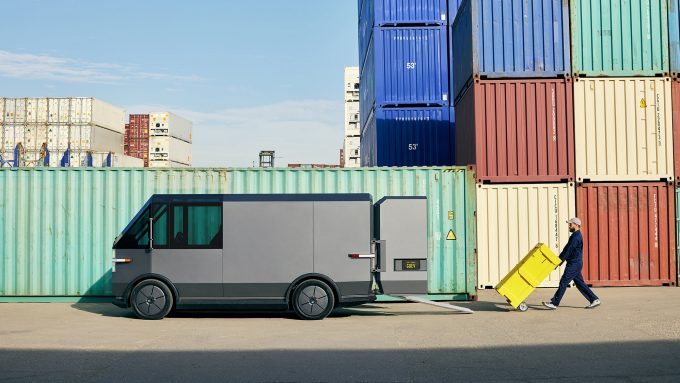Vancouver races to clear logjam as Trump tariff threat hangs over ports
The Canadian port of Vancouver may find itself in a race against the clock. According ...

California’s state government is making a determined push to accelerate the move to clean trucks, but a dismayed industry is warning that the fundamentals for a shift are not in place.
The California Air Resources Board (CARB) has banned the sale of diesel-powered trucks by 2036, after which all sales in the state must be for zero-emission vehicles.
Large companies and government fleets will begin purchasing zero-emission trucks next year, with a goal for all fleets operating in California to be 100%-electric ...
'Disastrous' DSV-Schenker merger would 'disrupt European haulage market'
'Chaos after chaos' coming from de minimis changes and more tariffs
List of blanked transpac sailings grows as trade war heats up and demand cools
Shippers in Asia restart ocean shipment bookings – but not from China
Forto 'sharpens commercial priorities' as it lays off one-third of staff
India withdraws access for Bangladesh transhipments, in 'very harmful' decision
'Tariff hell' leaves industries in limbo – 'not a great environment to plan'
Temporary tariff relief brings on early transpacific peak season
Pre-tariff rush of goods from US to China sees air rates soar, but not for long
Asian exporters scramble for ships and boxes to beat 90-day tariff pause
De minimis-induced ecommerce demand slump could cripple freighter operators
Forwarders 'allowing the fox into the chicken run' by supporting 'hungry' carriers
Hapag 'took the bigger risk' when it signed up to Gemini, says Maersk
'Restoring America's maritime dominance' – stop laughing at the back of the class
Navigating tariffs: 'like trying to solve a Rubik's cube while colour-blind'

Comment on this article